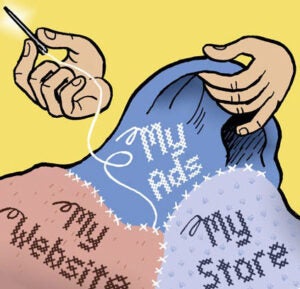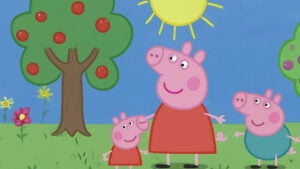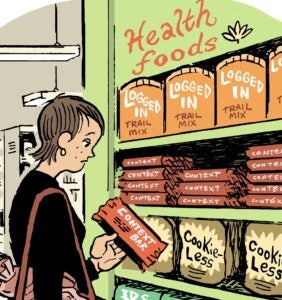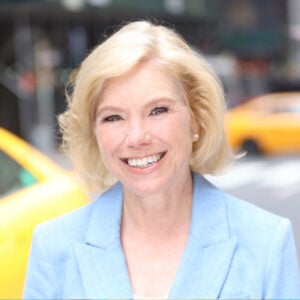 Two years ago Hearts & Science didn’t exist. Today, it employs more than 500 to serve an expanding roster that includes two of the world’s largest marketers: AT&T and Procter & Gamble.
Two years ago Hearts & Science didn’t exist. Today, it employs more than 500 to serve an expanding roster that includes two of the world’s largest marketers: AT&T and Procter & Gamble.
In a recent interview, CEO Scott Hagedorn described some tenets of the Hearts & Science services model.
Technology Sprints
“We’re gearing up for our belief that there are not a lot of repeatable tasks in marketing, but you can build a framework for how you deliver things.”
Hearts & Science uses an off-the-shelf technology from Atlassian to develop global sprints. The sprints could be anything: launching a campaign, setting up a data lake, enabling the Adobe stack. The agency codifies the sprints into a library, a process led by project managers, and then deploys them as needed.
The company also worked with a global management consultant to adapt agile software development principles to a marketing services model.
“Instead of having a black box for how we operate, we have thousands of ways of doing things that can adapt around a client’s environment,” Hagedorn says.
Client Stack Management
“We urge the clients to own their technology investments but to let us operate them.”
Many clients now insist on choosing their ad stacks. Hagedorn might be the first agency CEO to publicly urge them to do so.
The agency’s job going forward is to help clients proficiently use the gear they have picked out. To that end, Hearts & Science has developed a client maturity model for advertising and marketing technology that assesses how expertly a client uses ad tech and adapts CRM processes into awareness media. The model scores clients relative to their categories, and then Hearts & Science tries to help the marketer improve on that benchmark.
AdExchanger Daily
Get our editors’ roundup delivered to your inbox every weekday.
Daily Roundup
Like any modern media agency, Hearts & Science services clients on their stacks of choice. P&G predominantly uses Neustar along, the preferred DMP for Omnicom network agencies, along with demand-side platform The Trade Desk for media execution. Meanwhile, AT&T’s AdWorks sales organization has an enterprise-level integration with the Adobe stack.
Brand Building
“Nobody has ever really studied the brand equity effect of digital and whether it builds brands. Nobody is going to tell me that for a brand to rub shoulders with ‘Mad Men’ has the same effect as rubbing shoulders with PewDiePie.”
For a guy who cut his teeth in digital, Hagedorn is surprisingly skeptical of digital media as a branding medium. He argues that no research has proven the branding effectiveness of digital. By contrast, entire firms are dedicated to pre-watching television content to gauge brand effectiveness and suitability.
Omnicom is undertaking research on branding impact of digital, which will be completed later this summer.
Meanwhile, it’s easier to demonstrate the value of TV media, but television is getting more problematic as supply falls and costs rise. Hagedorn notes some clients refuse to run against news content, the only growing vertical in linear TV. Furthermore, he says, “all the new OTT platforms are missing from Nielsen.”
In any case, the increasingly blurry distinctions between digital and offline media require a new way of thinking about branding and media buying across TV and digital.
“Instead of having a department that does TV plans, we want to have an agile team of marketers that does different things,” he says.
Efficiency
“If you start suppressing advertising to your current customers, you can either pocket the 30% or reinvest in more acquisition. It’s a no-brainer.”
Hagedorn did not discuss strategy for specific clients, but it’s easy to see how a big marketer like AT&T, with its vast store of customer email addresses, could benefit from customer suppression in its media buys. It’s a straightforward but often overlooked way for brands to reduce waste.
Creative Orchestration
“Buying was the first estate in the media departments, strategy was the second estate and orchestration is the third estate. How do you develop a complex, multivariate approach to sequencing creative? That’s the big thing.”
Getting better at building and sequencing creatives across a complicated array of channels and formats is a key focus for Hearts & Science. It’s a goal that requires close partnership with creative shops, and Hearts & Science has partnered with sister Omnicom agency BBDO on some work.
In the long haul, close coordination with creative agencies may require changes to compensation structures. Hagedorn thinks clients are ready.
“The clients are there, to be honest,” he says. “We’ve had no issues selling in the marketing science, nor have we had issues selling in the FTEs to get paid for the tech.”













